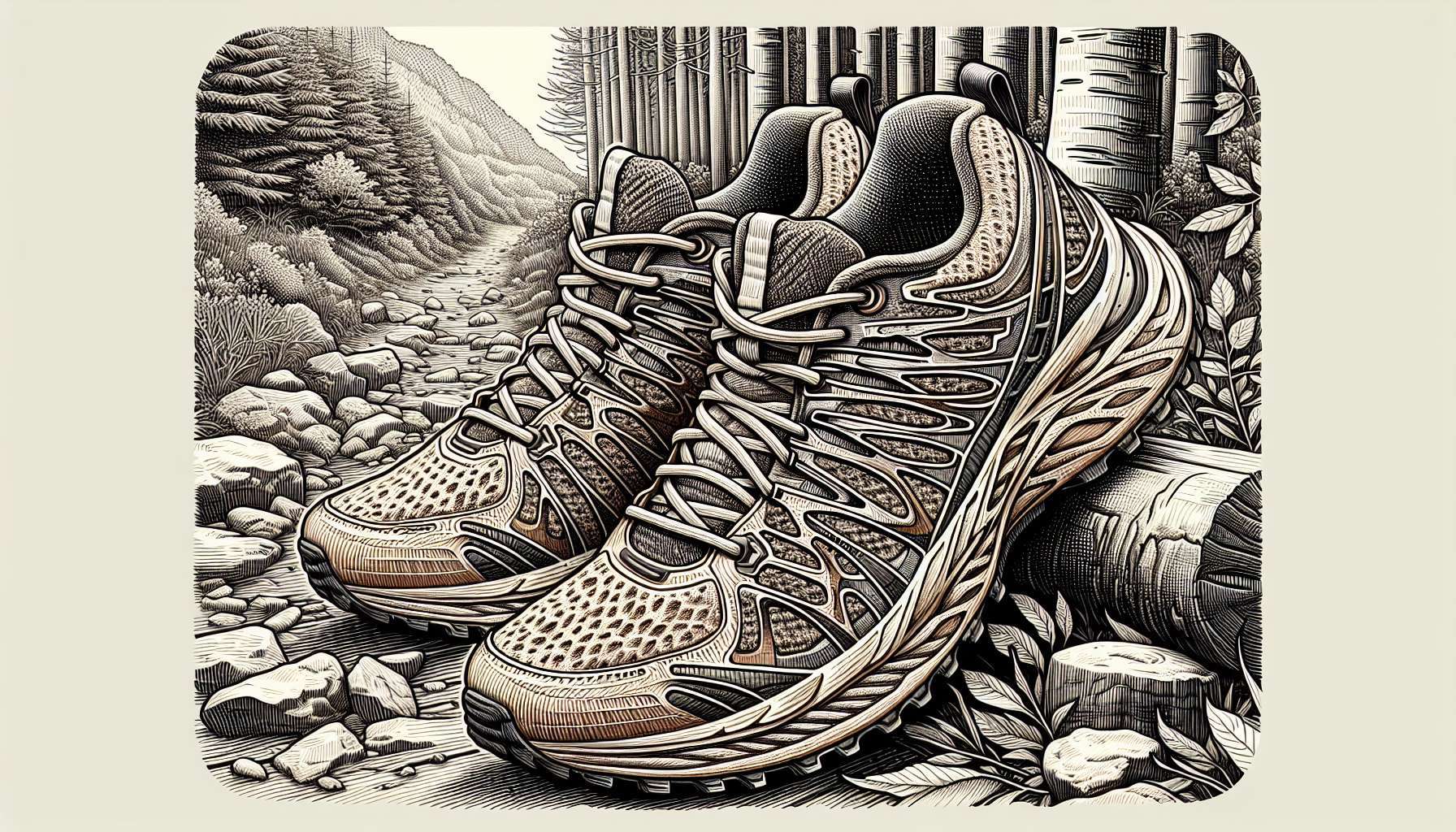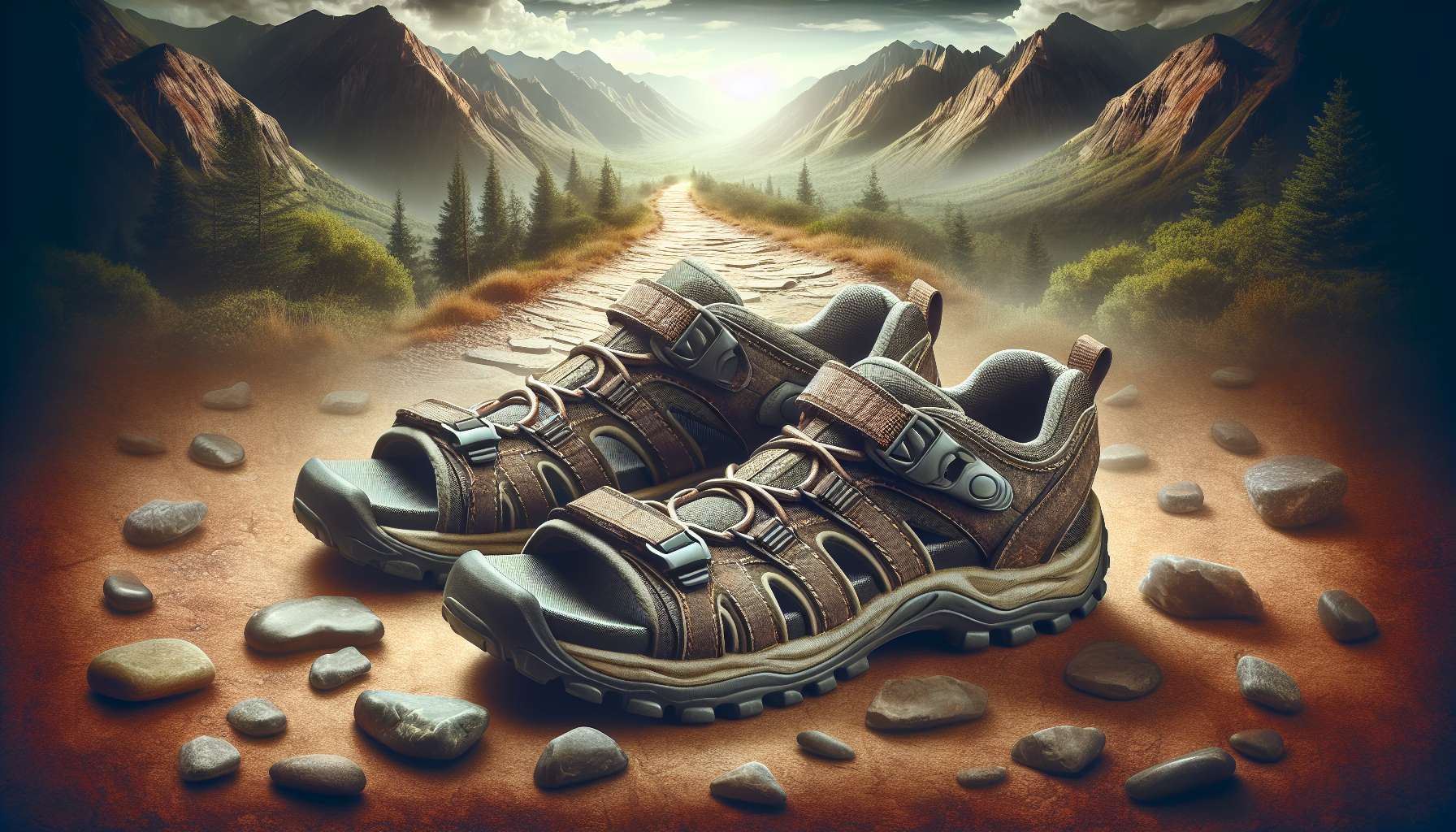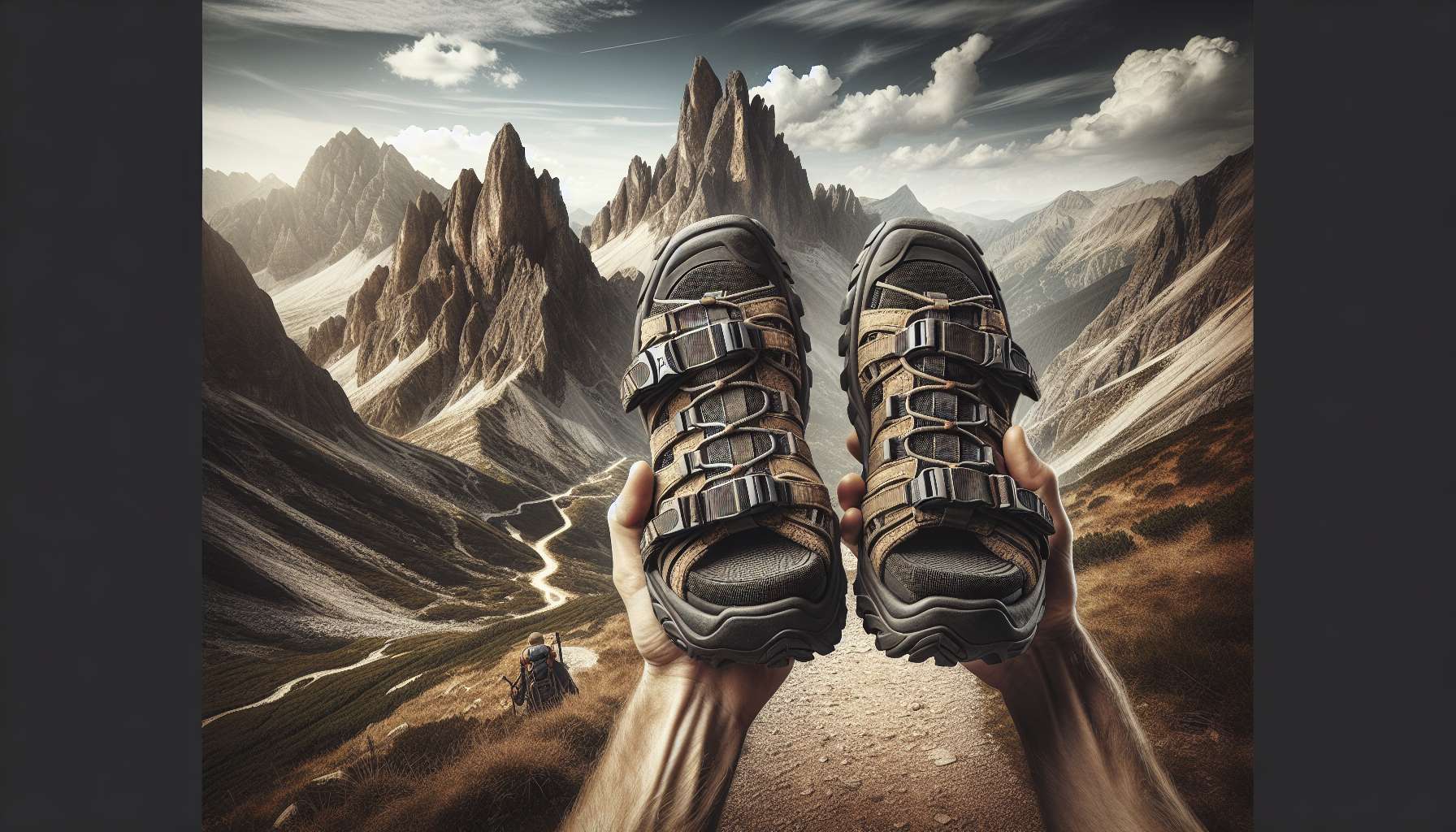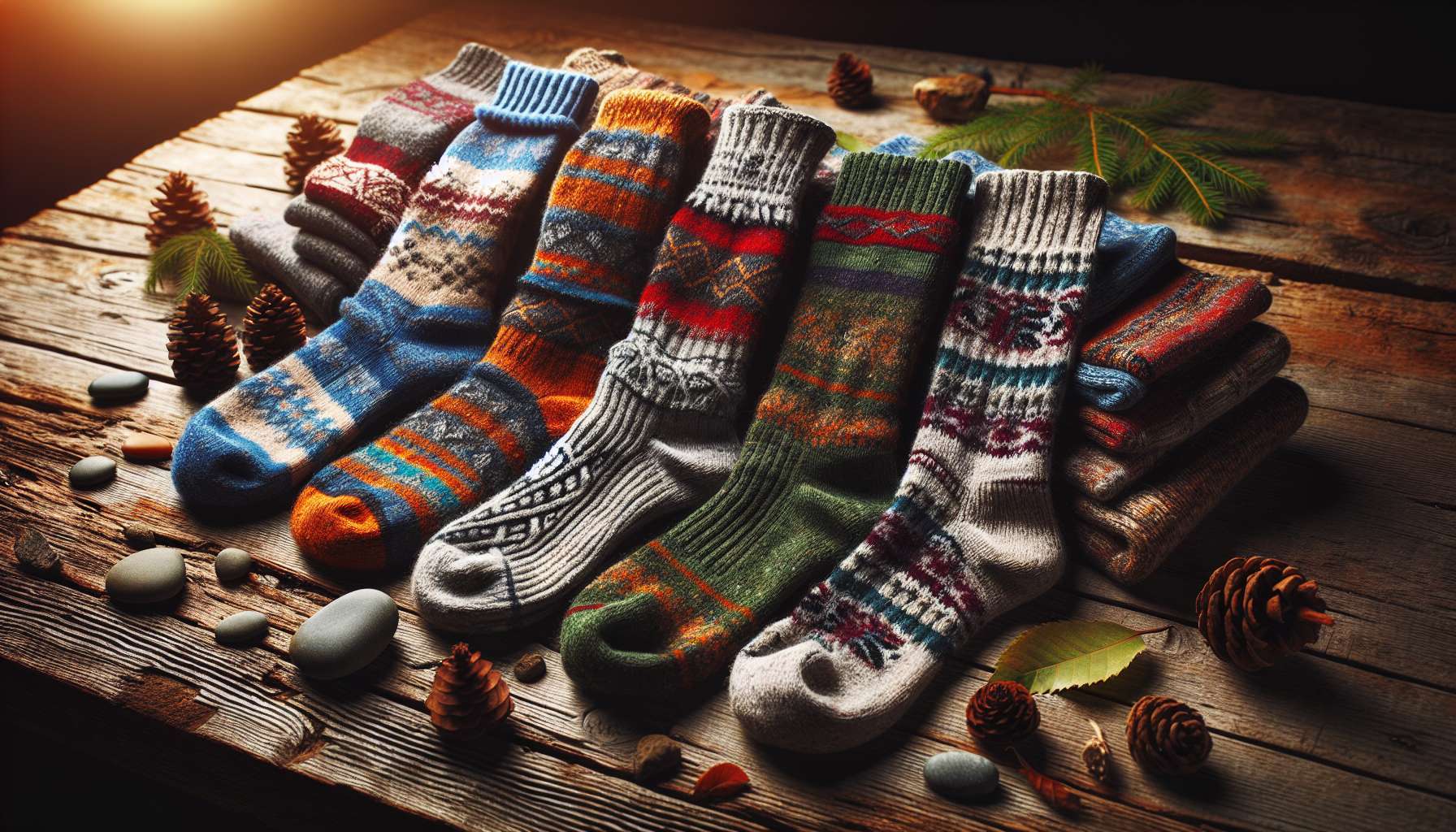Unleashing the Wild: A Comprehensive Guide to Trail Running Shoes
Imagine a world where the concrete jungle gives way to rugged trails, where the sounds of nature replace the honks of cars, and where the sights of lush forests and rocky terrains surround you. This is the world of trail running, a sport that combines the thrill of running with the beauty of the great outdoors. And at the heart of this exhilarating experience are trail running shoes – the unsung heroes that provide the traction, support, and protection needed to conquer any terrain.
In this comprehensive guide, we will delve into the intricacies of trail running shoes, exploring their history, design, functionality, and the essential features that set them apart from traditional running shoes. Whether you’re a seasoned trail runner looking to upgrade your gear or a newbie eager to hit the trails, this guide will equip you with the knowledge needed to make an informed decision when choosing the perfect pair of trail running shoes.
The Evolution of Trail Running Shoes
Trail running shoes have come a long way since their humble beginnings. In the early days of trail running, enthusiasts often had to rely on modified hiking boots or traditional running shoes to navigate rugged terrains. However, as the popularity of trail running grew, so did the demand for specialized footwear that could withstand the challenges of off-road running.
The first trail running shoes were introduced in the 1980s, featuring a rugged outsole with aggressive lugs for better traction, a protective toe cap to shield against rocks and roots, and a durable upper to resist abrasions. Over the years, advancements in technology and materials have led to the development of trail running shoes that are lighter, more responsive, and more comfortable than ever before.
The Anatomy of Trail Running Shoes
When it comes to choosing the right trail running shoes, it’s essential to understand the key components that make up these specialized footwear. From the outsole to the upper, each part plays a crucial role in providing the support and stability needed to tackle challenging terrain.
Outsole
The outsole of a trail running shoe is arguably the most critical component, as it determines the shoe’s traction and grip on various surfaces. Trail running shoes typically feature an aggressive lug pattern that provides excellent traction on mud, rocks, roots, and other uneven surfaces. The outsole may also incorporate features like rock plates or toe guards for added protection against sharp objects.

Midsole
The midsole of a trail running shoe is responsible for cushioning and support, helping to absorb impact and provide a comfortable ride. Midsoles are typically made from EVA (ethylene-vinyl acetate) foam or other cushioning materials that offer a good balance between responsiveness and protection. Some trail running shoes may also feature additional technologies like gel inserts or air cushions for enhanced shock absorption.
Upper
The upper of a trail running shoe is the part that wraps around the foot and provides structure and support. It is essential for the upper to be durable, breathable, and secure to prevent debris from entering the shoe and to protect the foot from external elements. Many trail running shoes feature water-resistant or waterproof materials in the upper to keep feet dry in wet conditions.
Choosing the Right Trail Running Shoes
With a myriad of options available on the market, choosing the right trail running shoes can be a daunting task. However, by considering a few key factors, you can narrow down your choices and find the perfect pair that meets your specific needs.
Fit
One of the most crucial aspects of choosing trail running shoes is ensuring a proper fit. Ill-fitting shoes can lead to discomfort, blisters, and even injury, so it’s essential to try on different sizes and styles to find the one that feels the most comfortable and secure. Make sure there is enough room in the toe box for your toes to splay naturally and that the heel is snug to prevent slippage.
Support
Trail running shoes should provide adequate support for your feet, ankles, and arches, especially when navigating uneven terrain. Look for shoes with a supportive midsole, a secure lacing system, and a stable outsole that offers good traction. Some trail running shoes also come with additional features like heel counters or medial posts for extra stability.
Protection
When running on trails, your feet are exposed to various hazards like rocks, roots, and thorns. Choose trail running shoes with a durable upper that offers protection against abrasions and a reinforced toe cap to shield against impacts. Some shoes may also feature a rock plate in the midsole to protect your feet from sharp objects on the trail.
Expert Opinions on Trail Running Shoes
To gain further insights into the world of trail running shoes, we turned to experts in the field for their opinions and advice on choosing the right footwear. According to renowned trail runner and coach, Sarah Smith, “When it comes to trail running shoes, it’s important to prioritize fit and comfort above all else. A shoe that fits well and feels good on your feet can make all the difference in your performance and enjoyment of the sport.”
Similarly, trail running shoe designer and engineer, John Adams, emphasizes the importance of durability and protection in trail running shoes. “Trail runners face a wide range of challenges on the trail, from rocky terrain to muddy puddles. That’s why it’s essential for trail running shoes to be durable, water-resistant, and equipped with features like toe guards and rock plates to keep feet safe and comfortable.”
Common Misconceptions About Trail Running Shoes
Despite their popularity among trail runners, trail running shoes are often subject to misconceptions and myths that can confuse consumers and lead to poor purchasing decisions. Let’s debunk some of the common misconceptions about trail running shoes:
Myth: Trail running shoes are only for hardcore trail runners.
Reality: While trail running shoes are designed for off-road running, they can be suitable for casual trail runners and hikers as well. The added traction, support, and protection in trail running shoes can benefit anyone looking to explore rugged terrain safely.
Myth: Trail running shoes are heavy and bulky.
Reality: Modern trail running shoes are lightweight, responsive, and agile, thanks to advancements in materials and construction techniques. Many trail running shoes are designed to provide the necessary features without adding unnecessary weight, making them a versatile option for various trail conditions.
Comparative Analysis of Trail Running Shoes
When comparing different trail running shoes, it’s essential to consider factors like price, features, brand reputation, and user reviews. Here are some popular trail running shoes that have garnered praise from runners and experts alike:
1. Salomon Speedcross 5
The Salomon Speedcross 5 is a favorite among trail runners for its aggressive grip, responsive cushioning, and durable construction. With a quick lace system and a snug fit, the Speedcross 5 offers excellent traction on muddy and technical trails.
2. Altra Lone Peak 4.5
The Altra Lone Peak 4.5 is known for its zero-drop platform, wide toe box, and responsive midsole, making it a comfortable and natural choice for trail runners. The TrailClaw outsole provides excellent traction on a variety of surfaces, while the MaxTrac rubber compound offers durability and grip.
FAQs About Trail Running Shoes
1. Are trail running shoes waterproof?
While some trail running shoes are water-resistant, few are fully waterproof. Waterproof shoes can be beneficial in wet and muddy conditions but may sacrifice breathability. Consider the weather and terrain you’ll be running in when choosing between waterproof and water-resistant options.
2. How often should trail running shoes be replaced?
Trail running shoes typically last between 300-500 miles, depending on factors like terrain, running style, and maintenance. Signs that it’s time to replace your trail running shoes include worn-out treads, decreased cushioning, or visible damage to the upper or midsole.
To Wrap Things Up
Trail running shoes are more than just footwear – they are the gateway to exploring the great outdoors, challenging yourself, and connecting with nature. By understanding the key features, considerations, and expert insights surrounding trail running shoes, you can make an informed decision that enhances your trail running experience.
So lace up your shoes, hit the trails, and embark on an adventure like no other. Let the rugged terrain be your playground, and let your trail running shoes be your trusted companion on this wild journey.




